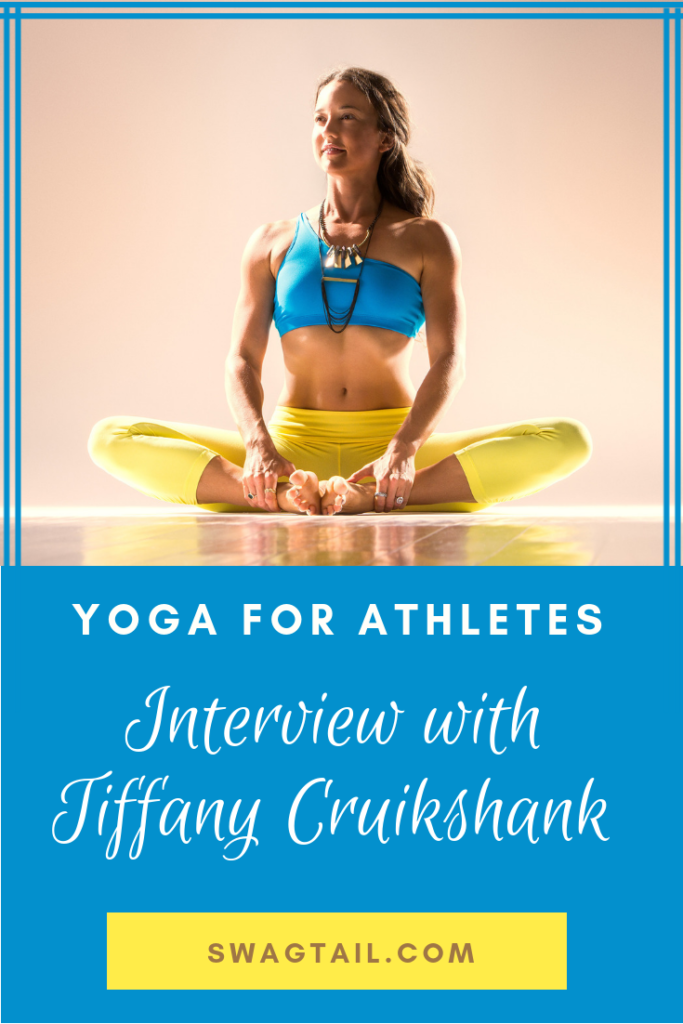 Students come to yoga for a wide variety of reasons, and many participate in vigorous outside activities or team sports when off of the mat. Tiffany Cruikshank, founder of Yoga Medicine and former acupuncturist at the Nike headquarters, is no stranger to these active yogis. This interview shares her take on yoga for athletes.
Students come to yoga for a wide variety of reasons, and many participate in vigorous outside activities or team sports when off of the mat. Tiffany Cruikshank, founder of Yoga Medicine and former acupuncturist at the Nike headquarters, is no stranger to these active yogis. This interview shares her take on yoga for athletes.
I had the pleasure of meeting Tiffany almost a decade ago when passing through Portland, Oregon. As with every place I travel, a new yoga studio visit is a must. It just so happened that a random Tuesday evening vinyasa class would change the course of my own yoga path so drastically.
It was Tiffany’s unique blend of passion and anatomical focus that caught my attention immediately. She sequences her classes thoughtfully, making sure each part of the body is prepared for the challenging work required. And, she deeply understands the need for rest and bringing the body back to balance by the end of class.
It has been an honor to watch her explode in the yoga industry since the time of our first meeting. When I met her, she was the acupuncturist and yoga teacher at the Nike World Headquarters.
Since then, she has gone on to film hundreds of classes on YogaGlo.com, grace the cover of numerous magazines, and write two fantastic books: Meditate your Weight and Optimal Health for a Vibrant Life. Plus, Tiffany has developed Yoga Medicine®–a top-notch training program that instructs yoga teachers on a global scale.
Check out our 45-minute interview below on how to best use yoga for athletes below. It reveals just a small scope of Tiffany’s intelligence and one of the main reasons she is a leading voice in the yoga industry today.
Photo Credit: Jasper Johal
INTERVIEW HIGHLIGHTS
The many years teaching sports kinesiology for years at CSU, Chico taught me that people learn in a variety of ways. It’s essential to incorporate all of your senses to best retain information. Thus, in addition to the listening to the interview via the audio link above, I have created fill-in-the-blank sections below to help you follow along. This will add the visual and tactile senses to the learning process.
This interview was taken a few years back when I hosted an online Awaken your Potential Summit. The information is still incredibly valuable and relevant. I hope you enjoy!
MYTHS OF YOGA
Myth: A yoga pose should ______________________________.
Reality: Pictures give us an idea of ____________________________. Each body is _________________________.
Myth: You have to be ________________________ to do it.
Reality: Yoga is for the _________________________ challenged.
Myth: Yoga is just lying around and stretching.
Reality: Yoga has multiple _________________________. It also has a _________________________ component.
Myth: Athletes only need to stretch _________________________ used in their sport.
Reality: Yoga provides a whole-body _________________________ approach, where all areas are targeted.
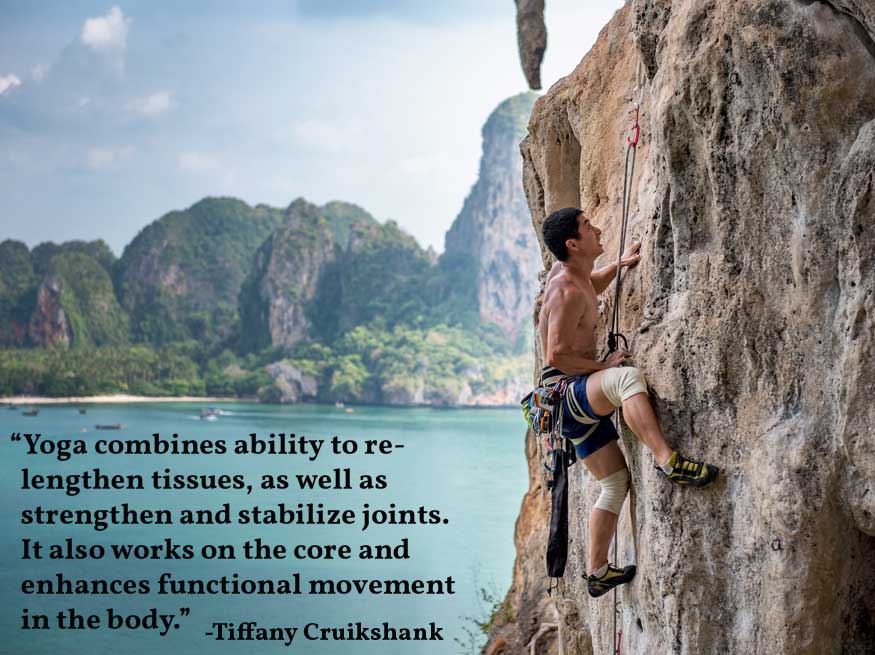
Photo Credit: Chen Hu
BENEFITS OF YOGA
(1) Develop _____________________ in the tissues. Tissues are like a _____________________ versus a guitar string. They absorb _____________________, so we can recover and adapt to sport-specific _____________________.
(2) You learn how to _____________________ muscles more fully. When muscles get tight, they only lengthen and _____________________ in a small zone. When this happens, they lose the potential for _____________________ and they can’t contract or _____________________ fully. The goal is to increase the _____________________ length of the muscle.
(3) Increase _____________________.
(4) Improve recovery.
(5) Enhance _____________________.
(6) Boost your _____________________ practice by reproducing the _____________________. Yoga increases your ability to be in _____________________ and stay focused. We train ourselves to get right into the _____________________.
(7) Allow you to _____________________ in your body.

Photo Credit: Justyn Warner
HOW TO INCORPORATE YOGA INTO TRAINING
In the off-season:
- Yoga can be done 2,3, or 4 times a week to build _____________________ and _____________________ in the body.
- It’s a great form of ______________ training.Depending on where you are in the training cycle:
- It’s better to go ____________ a week, even if only for ______________ minutes, rather than only once a week.
- Make sure you keep some _____________________ stretching. Even if at a less vigorous pace, it’s important to engage muscles as you move and stretch.After training or a competition,
- Use the _____________________ minutes afterwards to prepare for the next time you go out there.
- Try some _____________________ stretching, generally trying to hold poses for about _____________________.
- Hit all of the _____________________ groups—hamstrings, quads, spine, calves, hip flexors, and _____________________.

Photo Credit: Olga Guryanova
WHAT TO CONSIDER WHEN FIRST STARTING YOGA
- Remember that you’re an ___________________ first.
- Be ___________________.
- Use your ___________________ to be present in the body. Pay attention.
- Don’t be afraid to use ___________________.
- Keep trying until you find a class that you like.
- Find a ___________________ that works for you.
- Listen to your ___________________. Find the maximal stretch and stay there, or even ___________________.
- Find out what you ______________________________.
- Hone in on your ___________________.
- Just ___________________ it!
- Go easy on yourself.
- Don’t push it, or don’t go too far.
- And, ___________________!
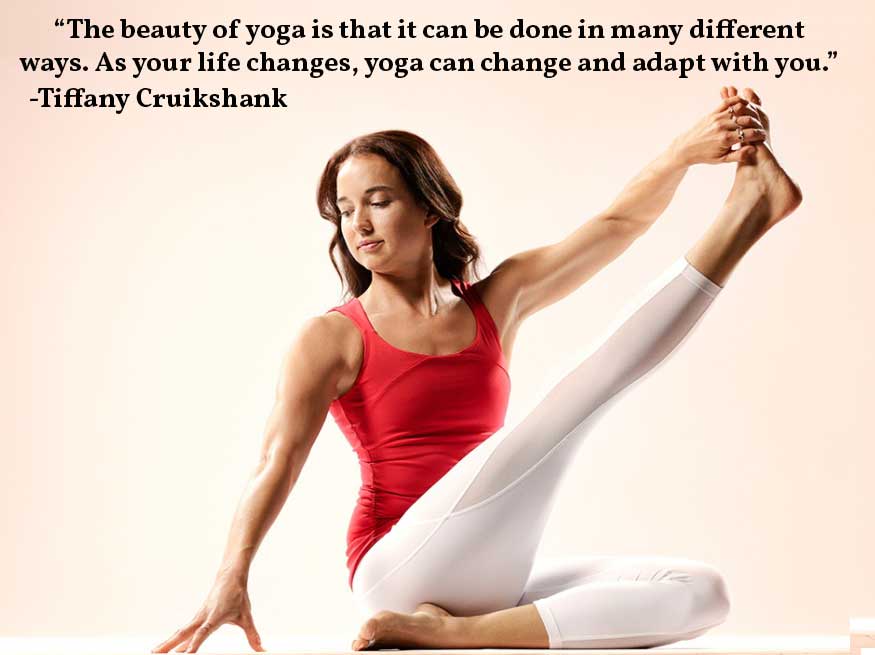
Photo Credit: Yoga Medicine
QUESTIONS FOR REFLECTION
- Have I believed any of the myths about yoga? Why or why not?
- What parts of my body are often tight as a result of training? Could yoga be used to relive some of that added tension?
- How much time is dedicated to stretching compared to that of training in my practice?
- Do I consider parts of my body, like my feet and spine, when taking time to stretch?
- Are there yoga teachers that work with athletes in my area?
- Which benefits of a yoga practice seem most appealing to me? Why?
- How do I define balance? How do I seek this for my body and mind as an athlete?
- If I was to try yoga, what would be my purpose or goal for doing so?
- Am I capable of being patient and easy with myself? Why or why not?
- What does my edge look like when stretching? How do I know if I’m honoring it?

Photo Credit: Vidar Nordli-Mathisen
PUTTING IT ALL TOGETHER
Tiffany Cruikshank is not only an expert in yoga for athletes, but she is a leading voice in the yoga industry. She founded Yoga Medicine® to blend the best of Eastern and Western aspects of medicine. All of the knowledge she shares, including the information in this interview, can increase your capacity to work with your students.
To stay up to date with our latest interviews and blog articles, join our growing community of yoga professionals.




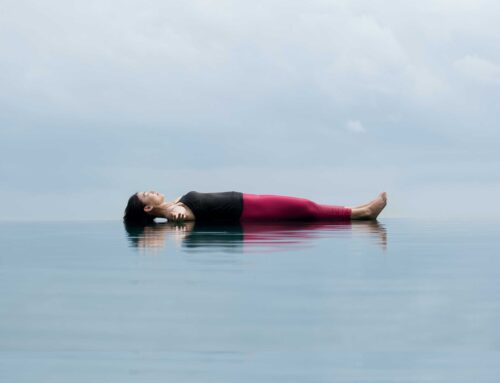
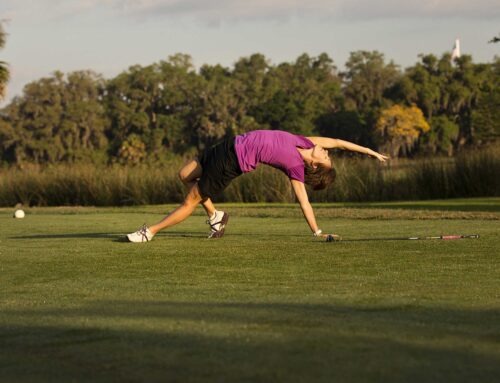

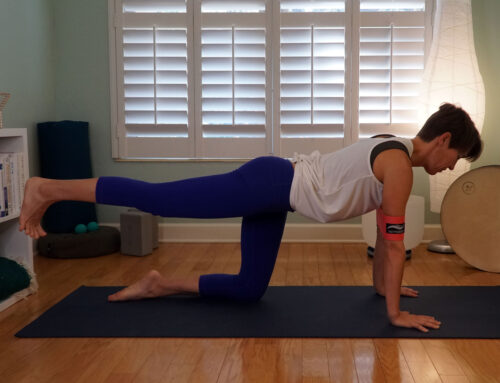
Your web site has excellent web content. I bookmarked
the site
Hi Magnolia, Glad you found us! If you have any special requests, let us know!